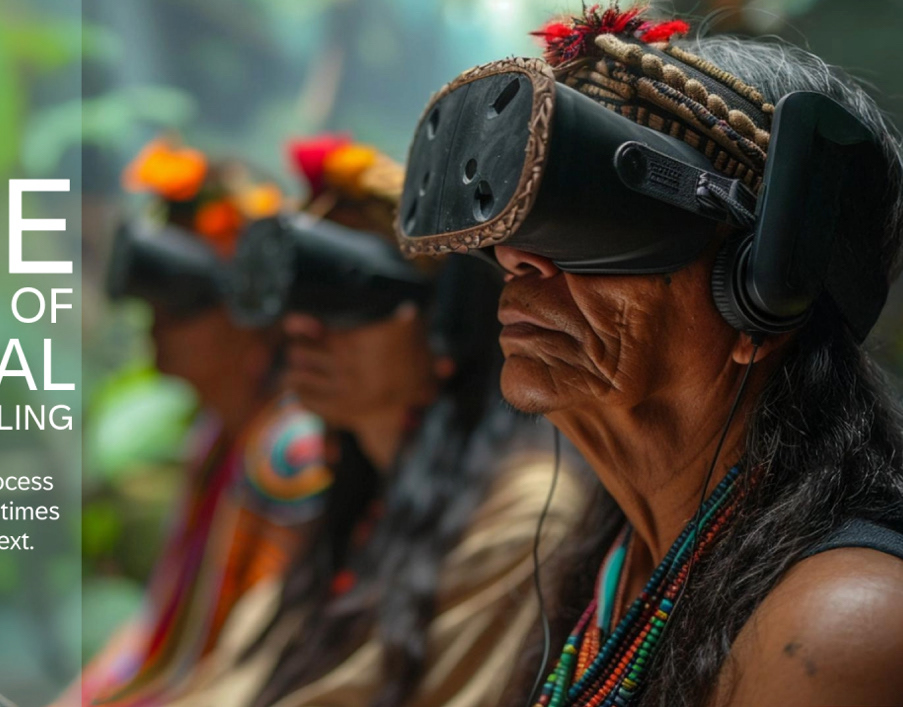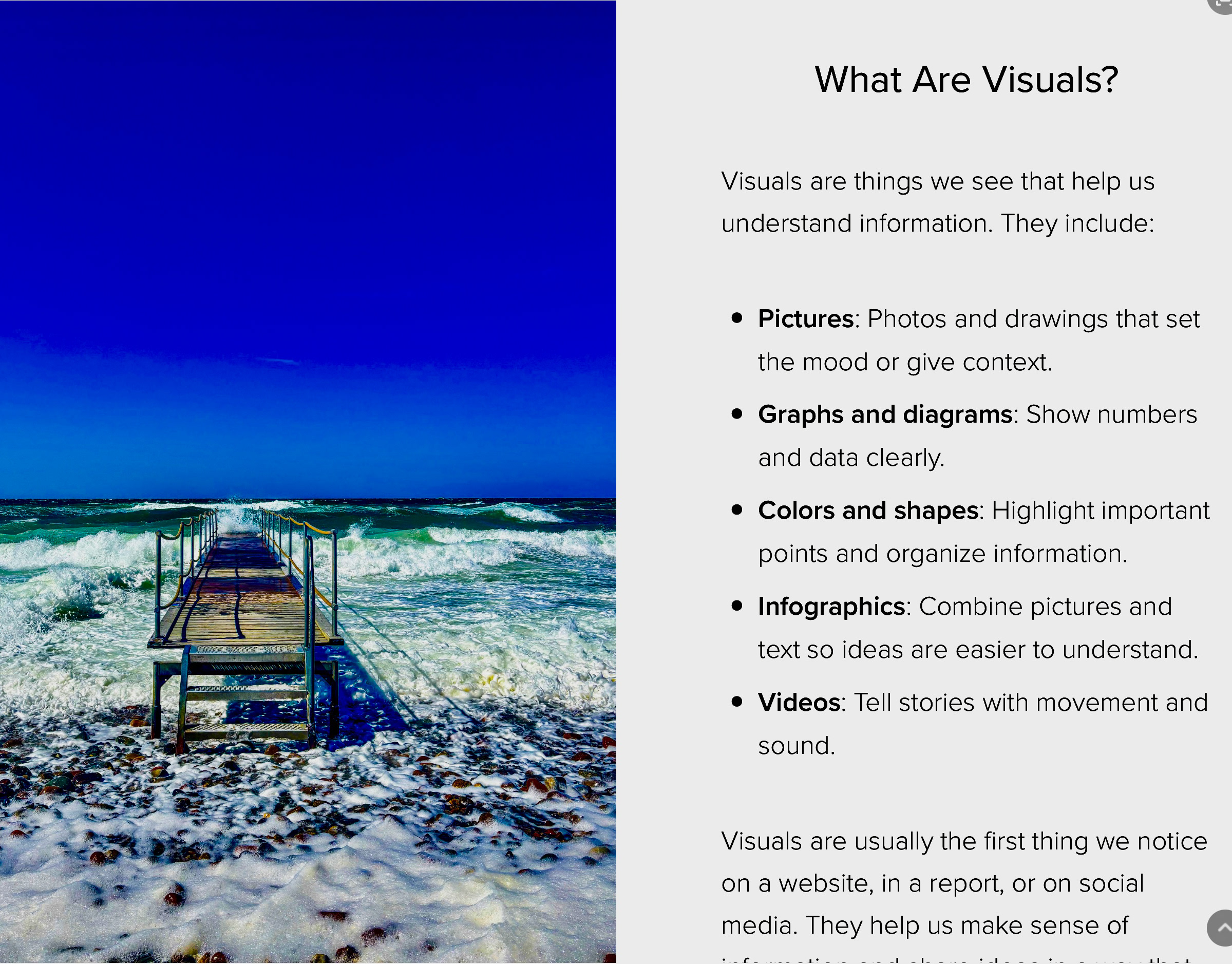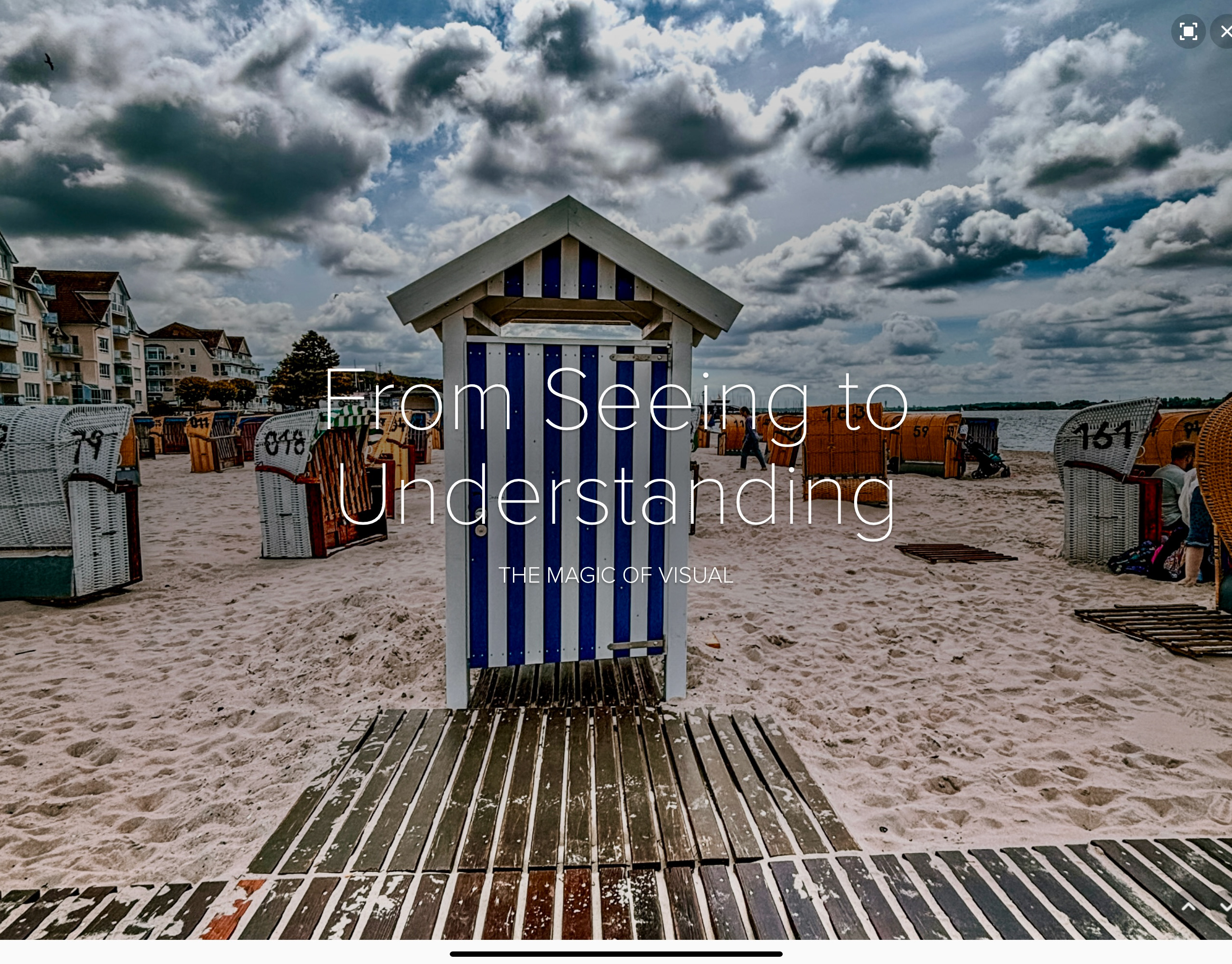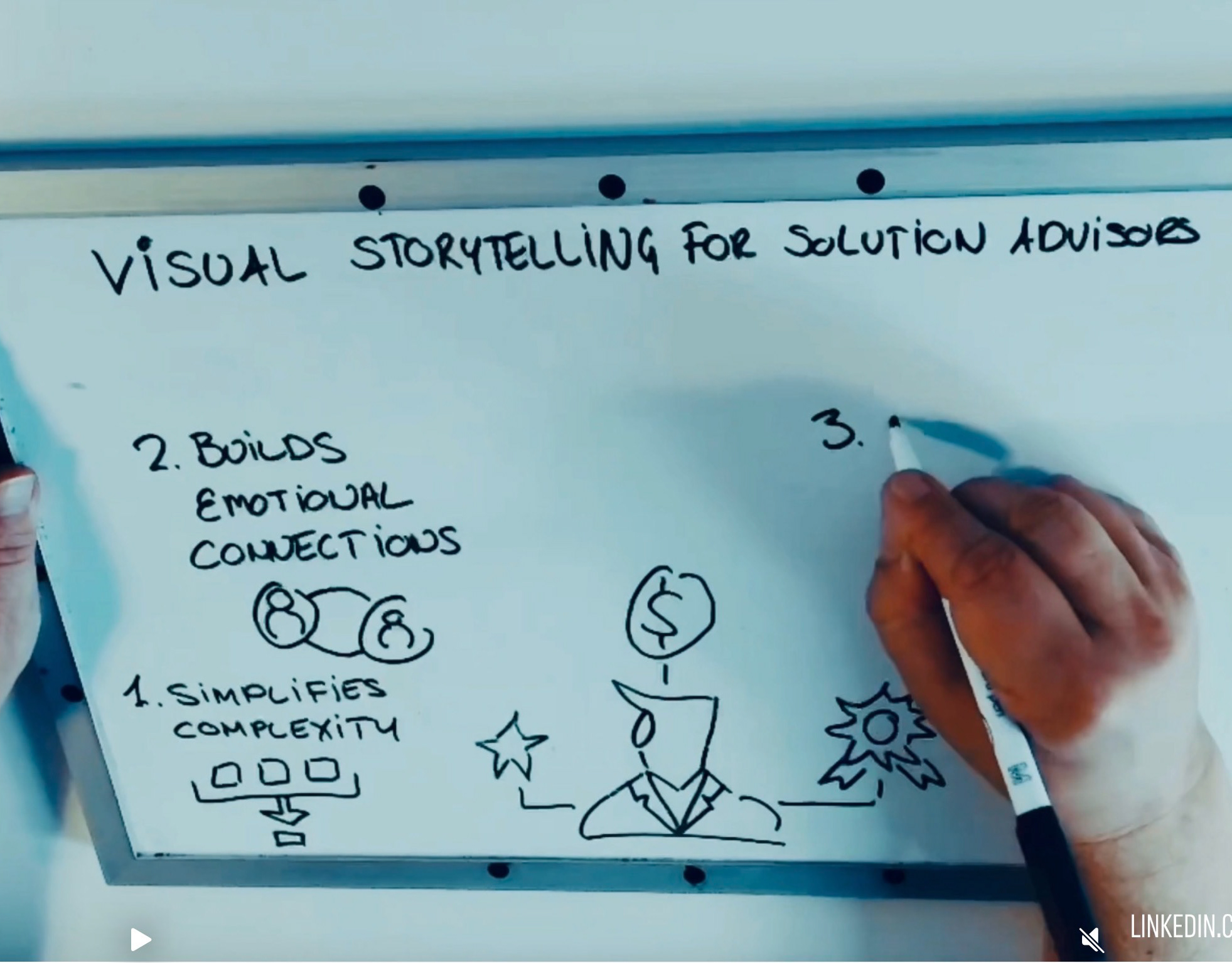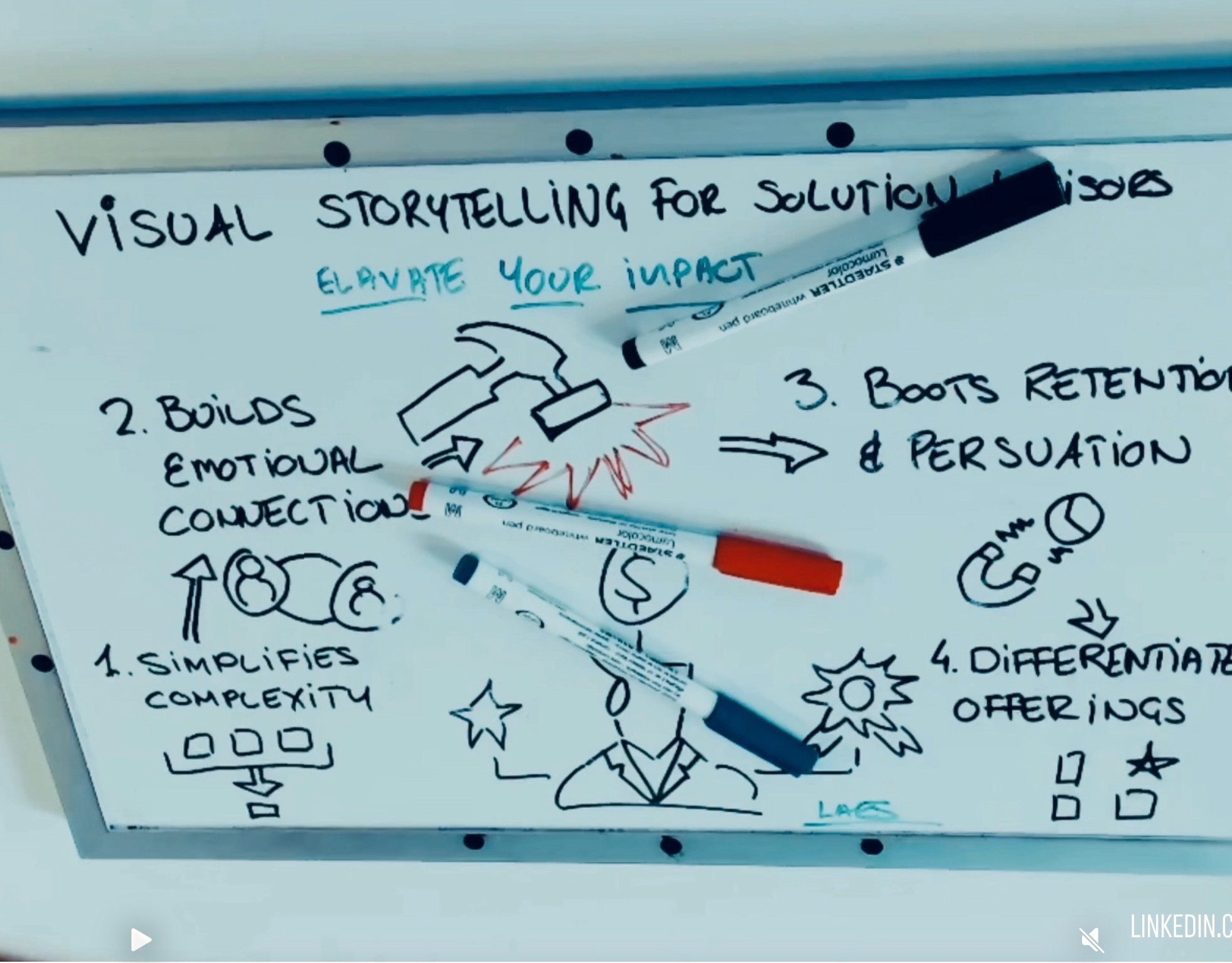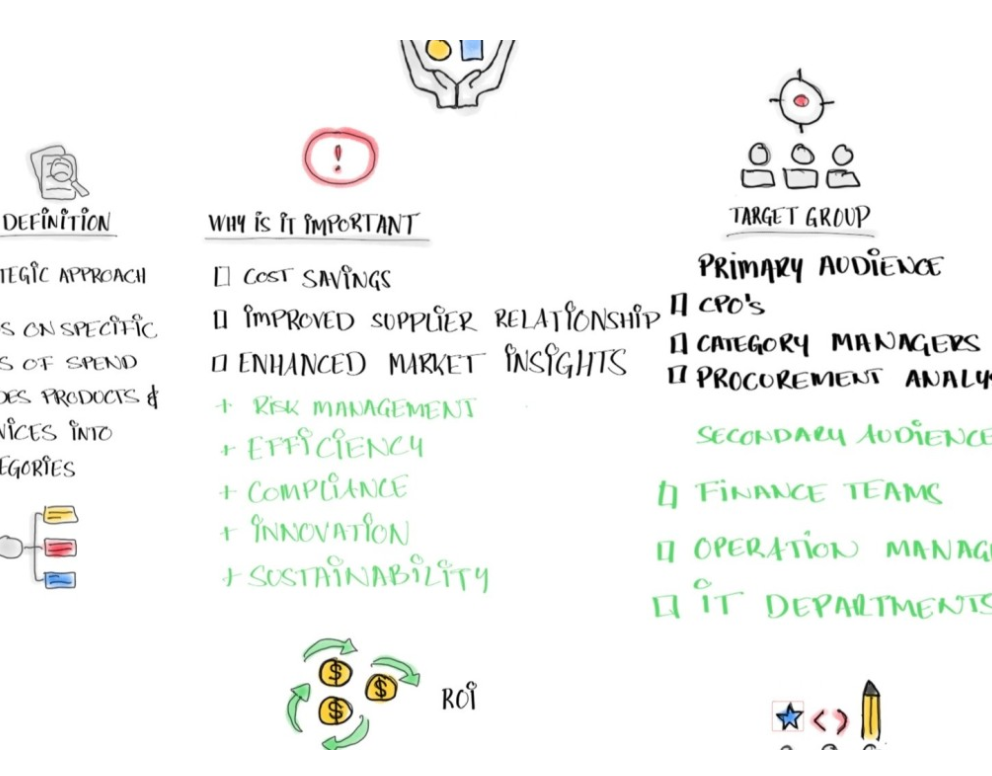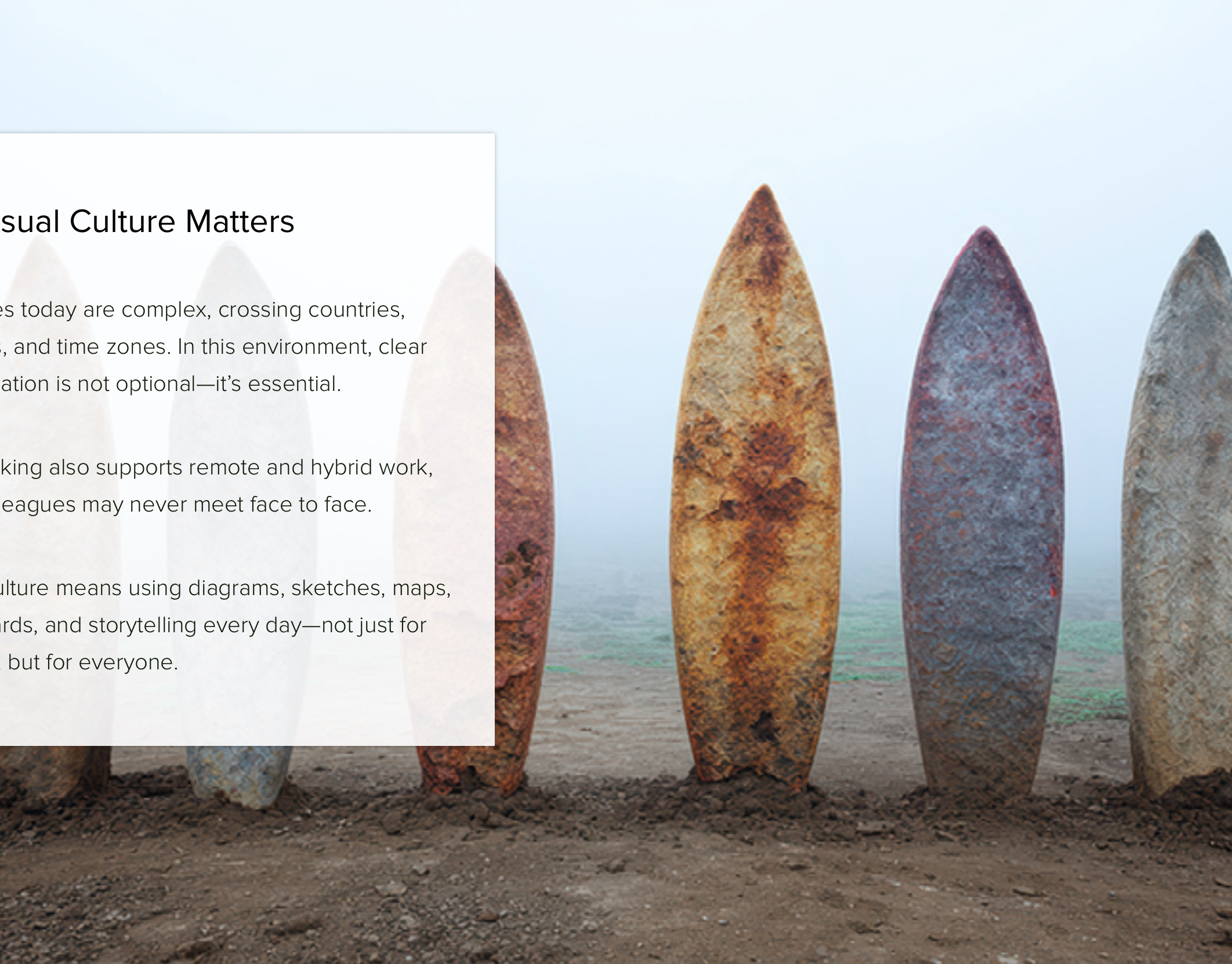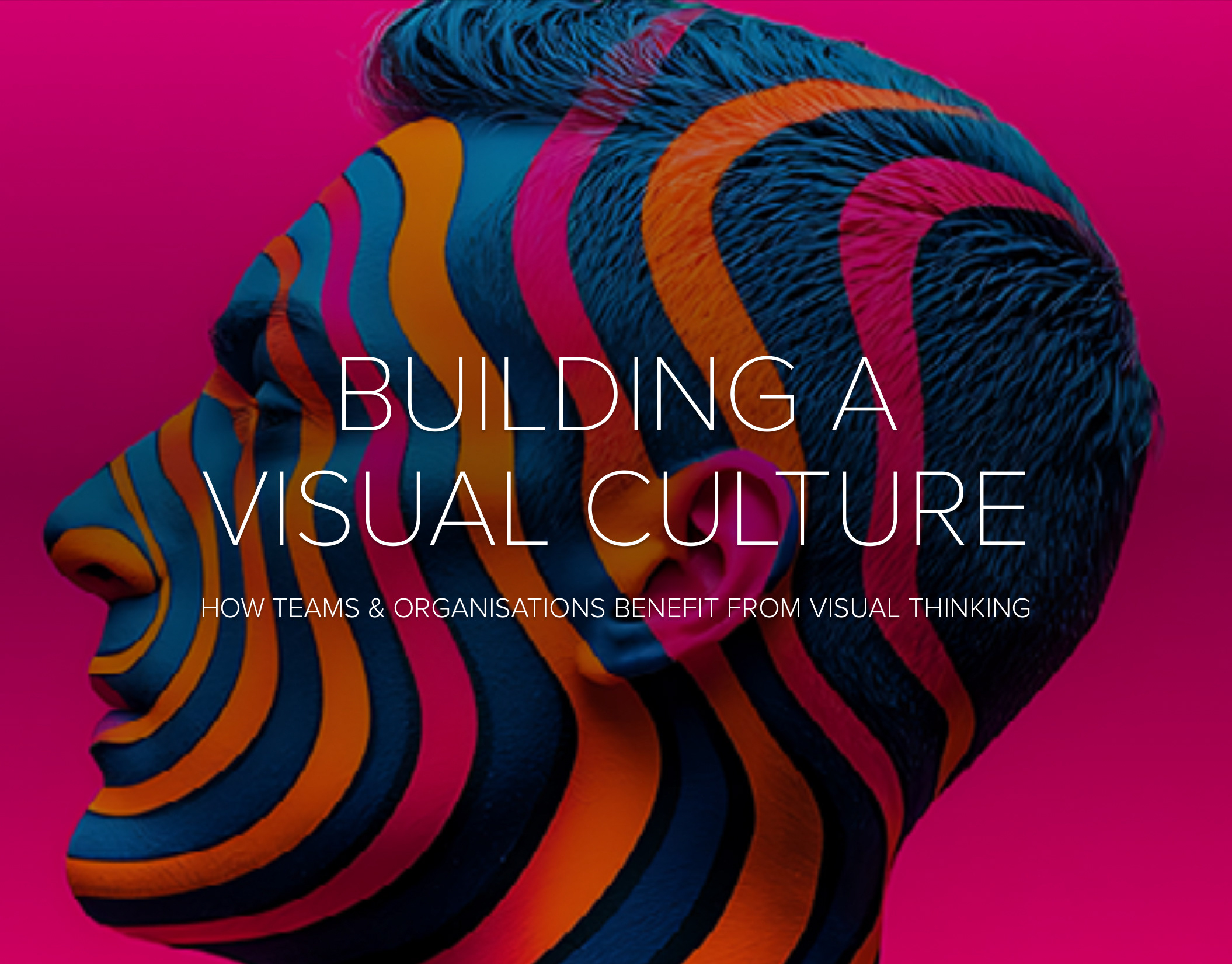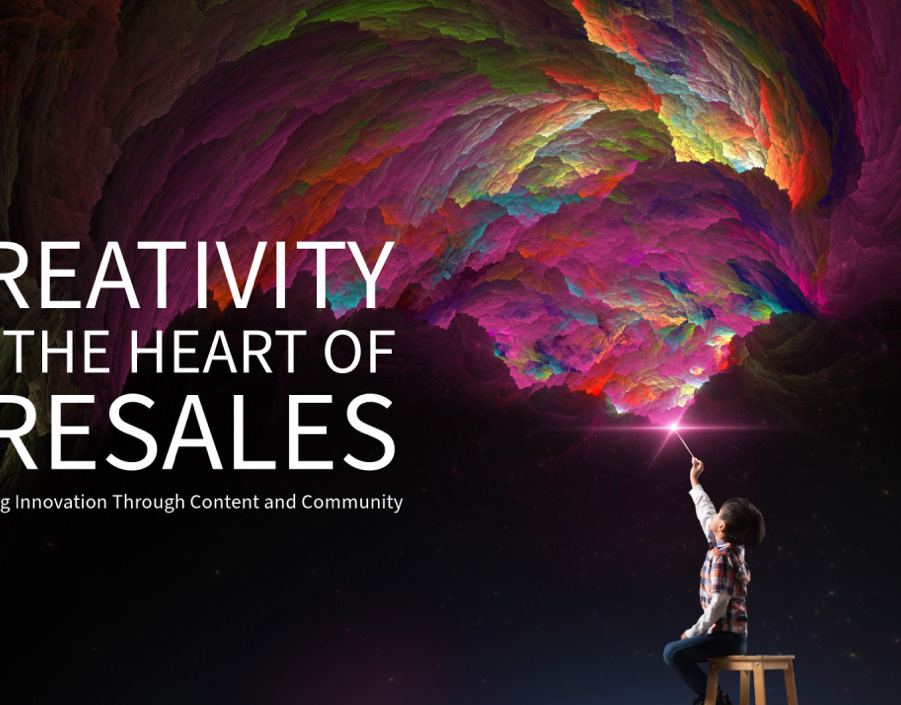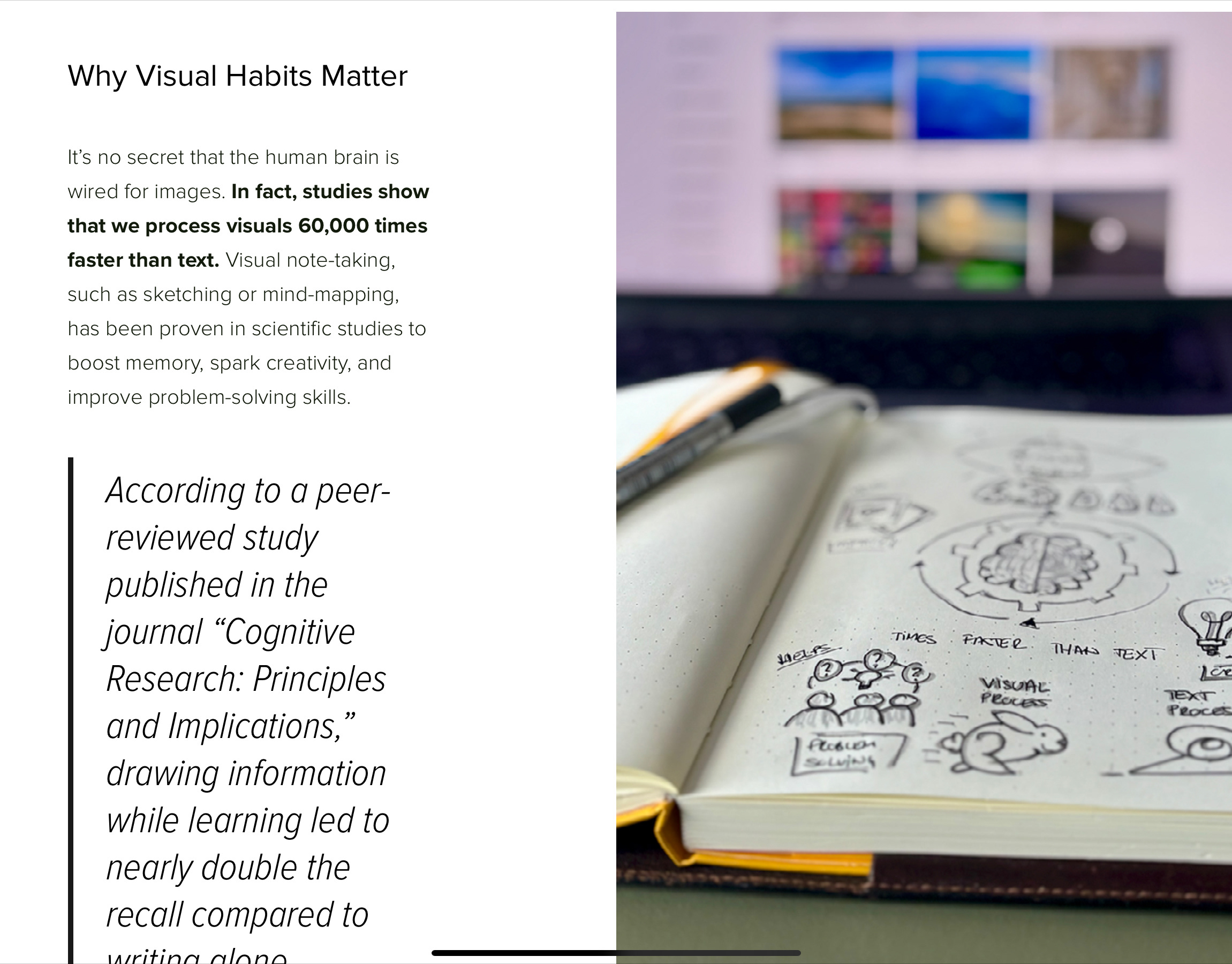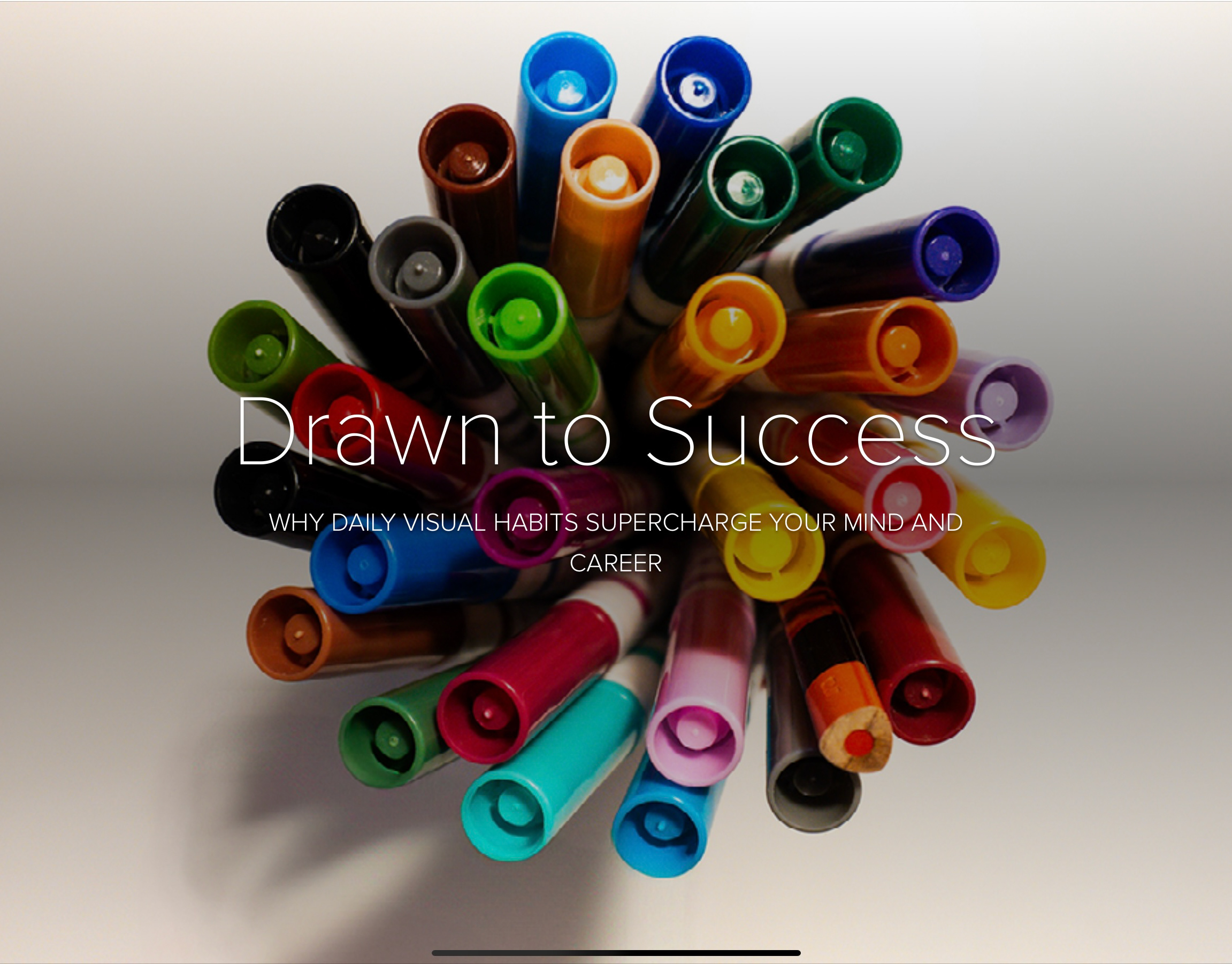Definition, Key Qualities, and a Practical Example
Introduction
In today’s world, communicating messages effectively is more important than ever. Visual storytellers use imagery, design, and narrative to engage audiences and convey ideas in a memorable way. This whitepaper explores what it means to be a visual storyteller, offering a clear definition and a practical example to illustrate the concept.
Definition of a Visual Storyteller
A visual storyteller is an individual who communicates ideas, emotions, or information primarily through visual media. This may include photography, illustration, video, graphic design, or a combination of these elements. Unlike traditional storytellers who rely mainly on words, visual storytellers use images and visual composition to evoke feelings, inspire action, and share narratives that resonate with viewers.
Key Qualities of Visual Storytelling
· Clarity: The story is easily understood through visual cues.
· Emotion: The visuals evoke feelings and connect with the audience.
· Creativity: Unique perspectives and artistic approaches are used.
· Engagement: The audience is drawn in and encouraged to reflect or act.
· Simplicity: The message is direct, often using minimal elements to make a strong impression.
Example of Visual Storytelling
Imagine a short photo essay titled “The Joy of the Outdoors.” The series features images highlighting crisp air, the feeling of freedom, movement, reflection, stunning surroundings, sustainability, and simplicity. Each photograph tells a part of the story: a person cycling along a quiet woodland path, a child gazing at a lake, sunlight streaming through trees, and a group gathered for a picnic using reusable containers. Without words, these visuals convey the beauty and benefits of spending time outdoors, inspiring viewers to reflect on their own experiences and consider a more sustainable lifestyle.
Conclusion
Visual storytellers play a crucial role in modern communication by translating ideas and emotions into imagery that transcends language barriers. Whether used in journalism, marketing, education, or personal projects, visual storytelling has the power to inform, persuade, and inspire.
